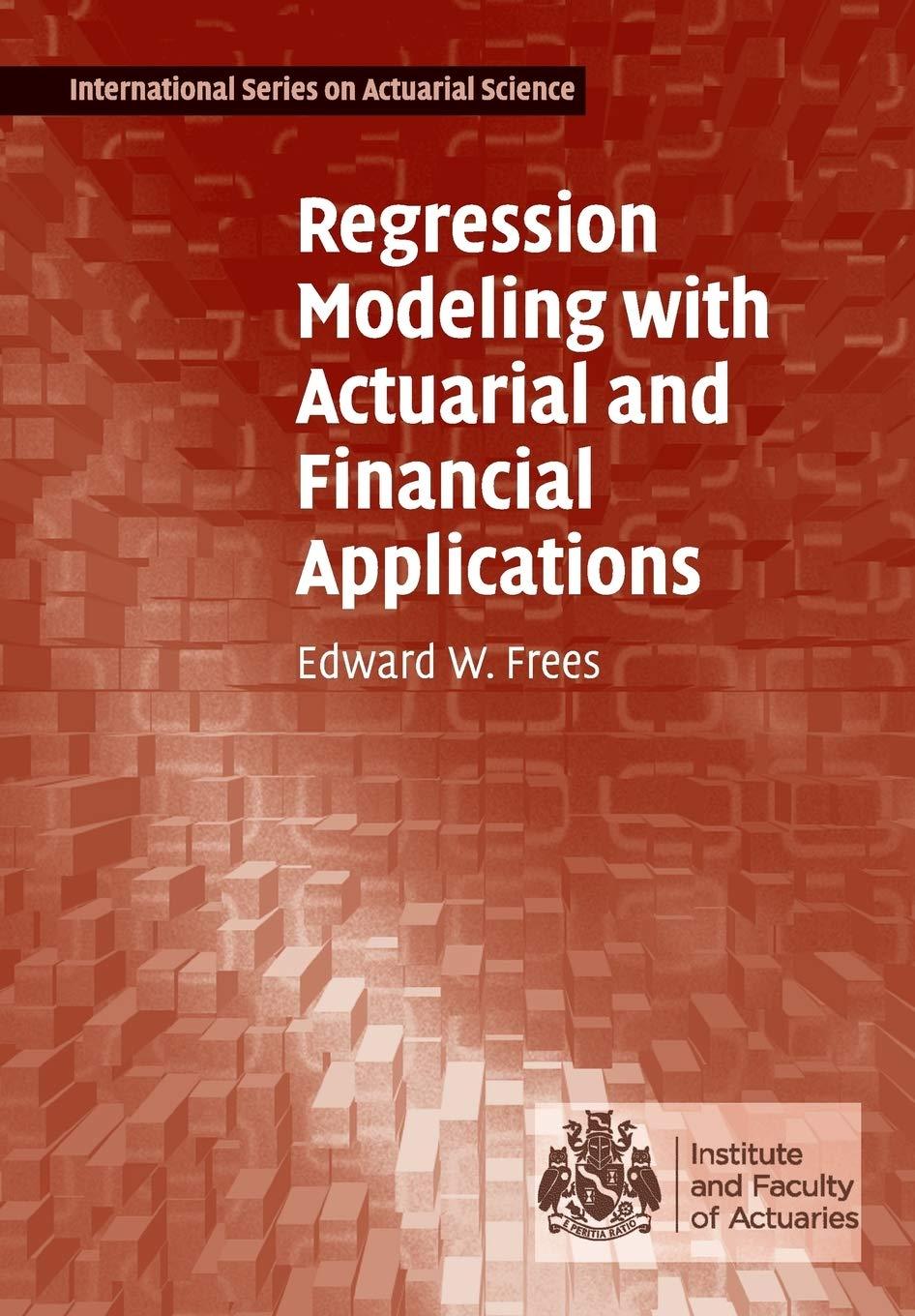This exercise considers nursing home data provided by theWisconsin Department of Health and Family Services (DHFS).The State
Question:
This exercise considers nursing home data provided by theWisconsin Department of Health and Family Services (DHFS).The State of Wisconsin Medicaid program funds nursing home care for individuals qualifying on the basis of need and financial status. As part of the conditions for participation, Medicaid-certified nursing homes must file an annual cost report to DHFS, summarizing the volume and cost of care provided to all of its residents, Medicaid funded and otherwise. These cost reports are audited by DHFS staff and form the basis for facilityspecific The DHFS is interested in predictive techniques that provide reliable utilization forecasts to update its Medicaid-funding rate schedule of nursing facilities. In this assignment, we consider the data in the file “WiscNursingHome” in cost-report years 2000 and 2001. There are 362 facilities in 2000 and 355 facilities in 2001. Typically, utilization of nursing home care is measured in patient days (i.e., the number of days each patient was in the facility, summed over all patients). For this exercise, we define the outcome variable to be total patient years (TPY), the number of total patient days in the cost-reporting period divided by number of facility operating days in the cost-reporting period (see Rosenberg et al., 2007, Appendix 1, for further discussion of this choice). The number of beds (NUMBED) and square footage (SQRFOOT) of the nursing home both measure the size of the facility. Not surprisingly, these continuous variables will be important predictors of TPY.
Part 1: Use cost-report year 2000 data, and do the following analysis:
a. Compute descriptive statistics for TPY, NUMBED, and SQRFOOT.
b. Summarize the distribution of TPY using a histogram and a qq plot.
Does it appear to be approximately normally distributed?
c. Transformations. Take a (natural) logarithmic transformation of TPY (LOGTPY). Summarize the resulting distribution using a histogram and a qq plot. Does it appear to be approximately normally distributed?
Part 2: Use cost-report year 2001 data and repeat parts (a) and (c).
Step by Step Answer:

Regression Modeling With Actuarial And Financial Applications
ISBN: 9780521135962
1st Edition
Authors: Edward W. Frees




